15 Surprising Health Improvements From Walking Every Morning
Committing to a morning walk doesn’t require equipment or a gym membership—just a pair of shoes and some time. But what starts as a simple daily habit often leads to unexpected changes across your body and mind. After walking every morning, these are the kinds of changes people commonly experience, but remember, these don’t show up overnight.
Better Sleep Patterns at Night

Credit: Canva
Centuries ago, physicians recommended exposure to morning light to reset the body’s clock. Walking early still serves the same purpose today. Light and motion signal the brain to begin daily cycles, which sets a reliable time for rest later. Many who try it realize they drift into sleep sooner.
Steadier Energy Throughout the Day

Credit: Canva
Early movement raises the heart rate steadily and strengthens the way the lungs take in oxygen. Muscles start working before long periods of sitting, which reduces the sluggish feeling that appears midmorning. You’ll soon notice that you are able to finish tasks with less effort and think clearly through late meetings.
Greater Joint Comfort and Mobility

Credit: Canva
Cartilage receives nutrients only when physical exertion presses and releases it. That is why doctors often suggest light walking for early arthritis. The habit strengthens the surrounding tissues that protect sensitive areas. Some people expect fast relief, but changes take weeks.
Lower Blood Pressure Over Time
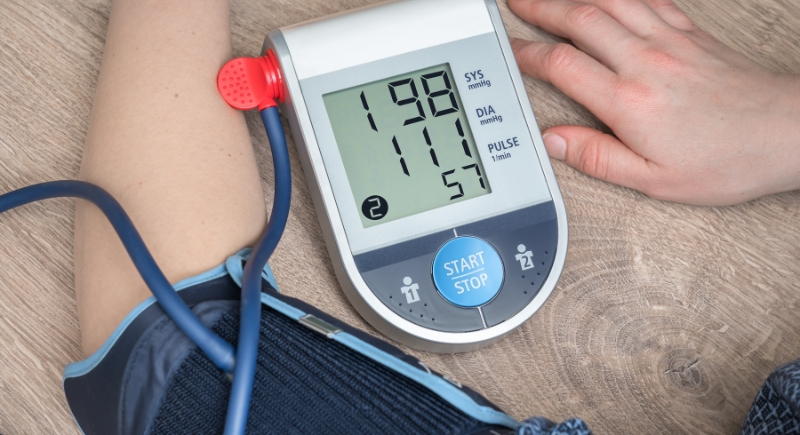
Credit: Getty Images
Researchers have seen in multiple long‑term studies that regular, moderate walking can lower systolic and diastolic pressure by measurable margins. Arteries gradually become more flexible and allow blood to flow with less resistance. Medical journals also report reductions averaging five to eight points after three months.
Consistent Mood Regulation

Credit: Getty Images
If you wake up feeling tense, drained, or unusually restless, getting your body moving can manageably shift that state. Light activity encourages a steady release of serotonin, which supports calmer reactions later in the day. While it will not replace professional help for deeper concerns, a stroll in the initial hours consistently softens mild mood swings that would otherwise linger.
Sharper Focus in Morning Hours
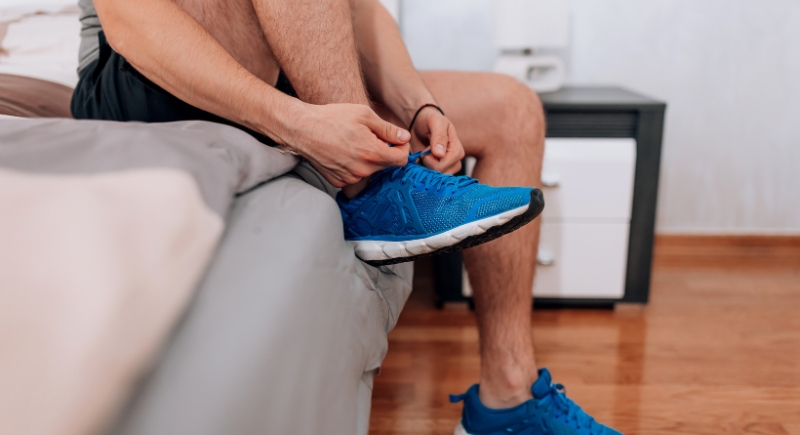
Credit: Getty Images
Most people reach for their phones right after waking, and their minds fill quickly with messages, headlines, and scattered thoughts. Meanwhile, those who step outside instead experience a clear surge in focus that lasts. Studies show light movement such as this increases blood flow to brain regions handling memory and decision‑making.
Gradual Weight Redistribution

Credit: pexels
Keep in mind that a stroll every morning is not going to melt pounds in the blink of an eye, and that can frustrate some who expect immediate change. Fat reduction is slow because the activity is moderate. However, steady walking builds muscle in the legs and hips, which changes the overall shape of your body. Clothes fit differently before scales show major drops.
Better Digestive Function

Credit: pixelshot
For those who deal with bloating, sluggish digestion, or long gaps between bowel movements, days can start with some discomfort. However, gentle exercise activates nerves that trigger intestinal contractions that aid food in traveling through the system at a steady pace. Eventually, these signals grow stronger with repetition.
Improved Circulation to Hands and Feet
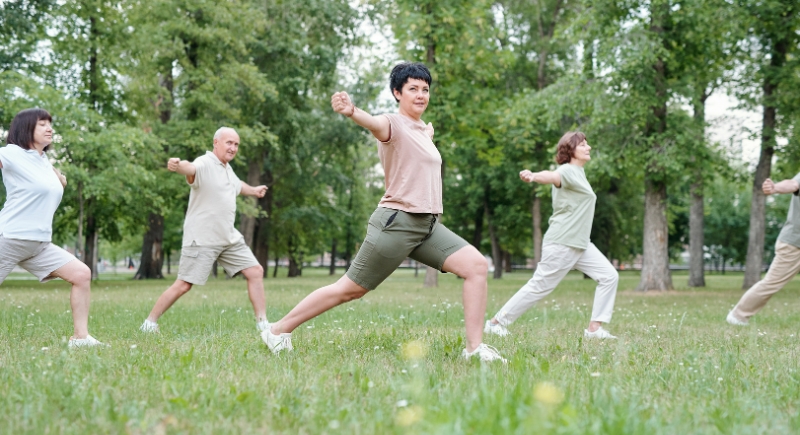
Credit: Getty Images
A study found that light aerobic activity improves capillary function in as little as four weeks. Small vessels in the hands and feet begin to widen more efficiently, which allows warmer blood to reach them sooner. People have reported experiencing reduced numbness during typing or writing tasks.
Healthier Skin Appearance

Credit: Canva
Dermatologists frequently suggest regular moderate exercise as part of maintaining clearer, healthier skin because activity improves circulation in ways topical products cannot. Higher blood flow delivers oxygen and nutrients to skin cells, while carrying away waste that can dull the complexion. Light sweating during activity helps clear clogged pores without harsh treatments.
Posture Improvements
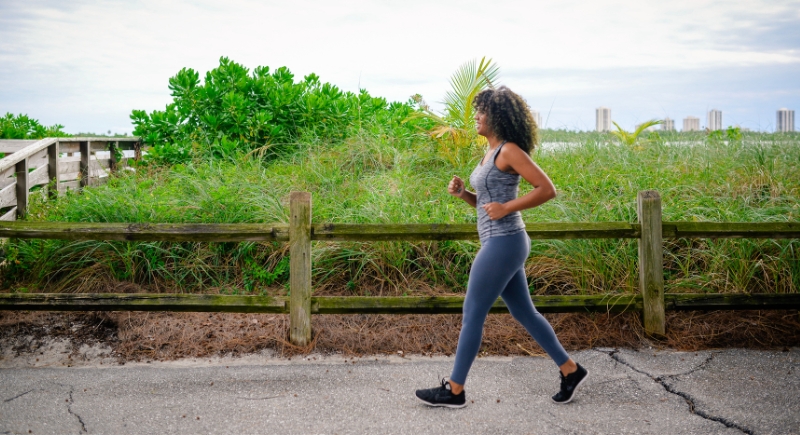
Credit: Getty Images
A good morning walk does more for your posture than you might expect. Walking tall, with your head up and shoulders back, naturally works the muscles that keep your spine straight. Over time, this simple habit helps you stand and sit with less slouching, all without special workouts or gear.
Reduction of Minor Aches

Credit: pexels
Waking up with tight shoulders, a stiff back, or sore knees is common after a restless night or too much time sitting. Taking a morning walk gets your blood flowing and eases these minor aches. The steady movement helps loosen up muscles and joints so discomfort fades as the day begins.
Enhanced Balance and Coordination

Credit: Getty Images
When you choose routes with slight inclines, uneven pavements, or gentle turns, your body learns to adapt with each step. This type of activity engages stabilizers and keeps reflexes sharp. Adding light hand weights or practicing mindful posture during the walk can make the routine highly engaging without increasing strain.
Appreciation for Nature
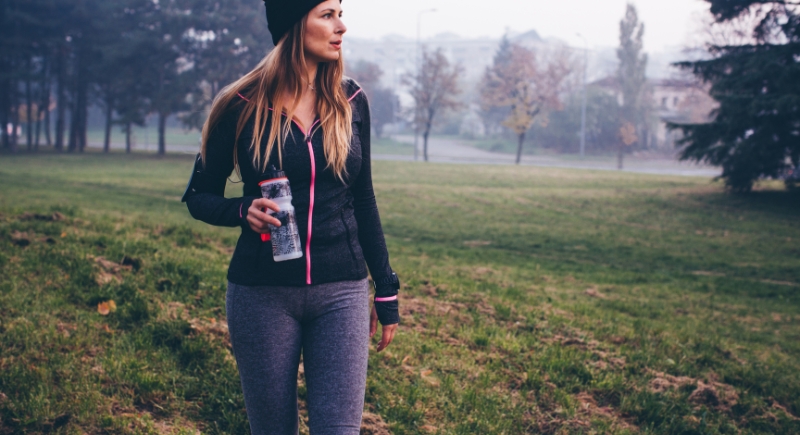
Credit: Getty Images
Take a deep breath once you’re outside at 7 a.m., when the air still feels cool and the streets are quieter than usual. You observe the sound of birds, the way early light touches leaves, and even the faint scent of wet grass. These details create a sense of calm and give you the opportunity to be grateful for the little things in life.
Opportunity to Bond
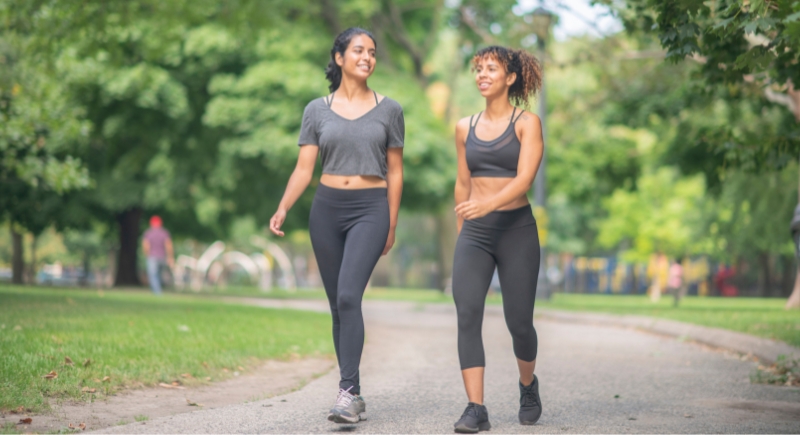
Credit: Getty Images
It typically starts as a solo habit, but bringing someone along can turn the routine into something social and memorable. Walking side by side opens time for conversation that rarely happens during busy hours. Friends or family members tend to share thoughts freely in this setting.